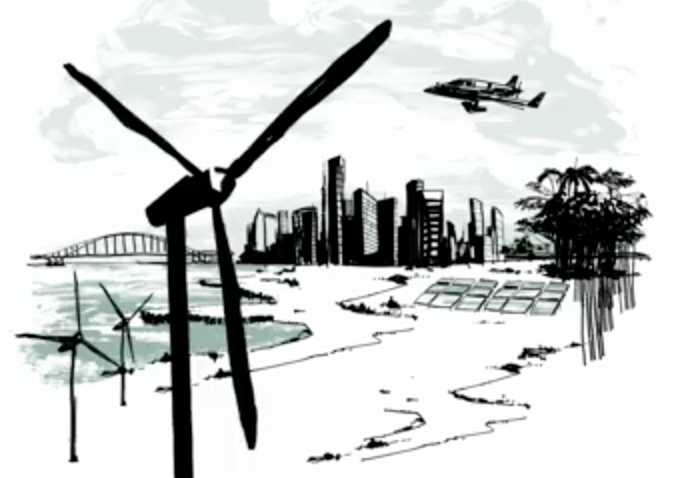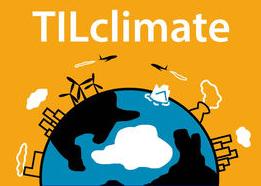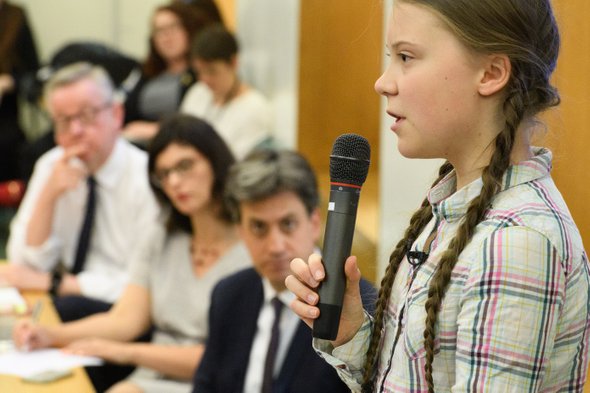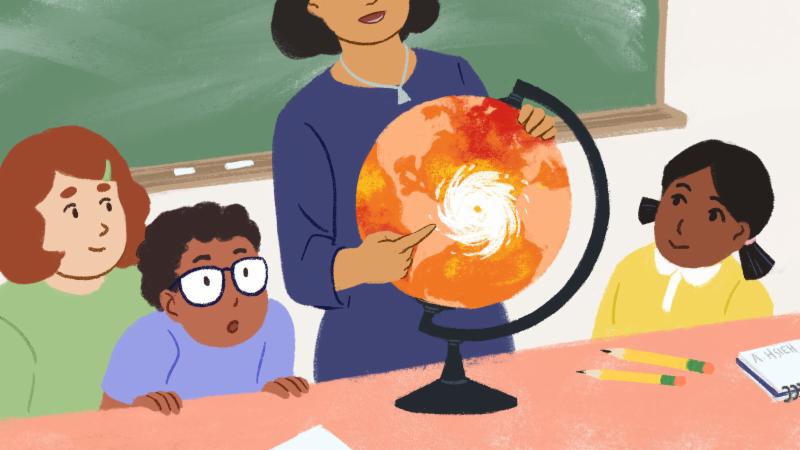HOW TO TALK TO YOUR CHILD ABOUT CLIMATE CHANGE
You've always talked to your kids about taking care of the environment, and now it's second nature, from recycling their scratch paper to taking cloth bags to the store. But what about climate change? With each dire new story about the planet's future, that topic may seem too scary or complicated to discuss. Still, most parents think it's important to inform their children about this critical issue. Even if want to shield them, we're aware they're likely to hear about it from other (possibly less reliable) sources. So how do we help kids understand the science -- and become empowered to make a difference -- while making sure they feel safe and secure? Below are five action steps to get you started. As with any difficult social issue, always emphasize hope by focusing on the positive strides we're already making - and the many people working together to help solve the problem.
–Jenny Friedman, Executive Director
ACTION
As you approach the topic of climate change, consider your child's age and temperament, and don't share more than he or she is ready to handle.
Connect with nature. Help your child fall in love with nature: play outside, hike, camp, explore woods and gardens. Even with very young children, talk about how we're all part of the natural world and need to care for the planet that supports us.
Get educated. If you'd like to know more about the science of climate change before having a conversation with your kids, you can learn the facts with this Bill Nye video, this CNN climate change solutions quiz, and these 10-minute podcasts. Then learn along with your child by playing games like Climate Trivia at NASA Climate Kids; watching a video together; exploring kid-friendly websites; and reading the books suggested below.
Lift up the change makers. Share stories, especially about the young people who are making a difference. Together watch 16-year-old Greta Thunberg's TED talk, a stirring example of how youth are getting adults to pay attention to climate change.
Get your school involved. Most schools are not teaching this important subject, but most parents wish they were. This can be crucial because studies show that children who are schooled in the science are actually changing the minds of their parents about the issue.
Emphasize agency and action. Write a letter or email to your government representative demanding action on climate change. Continue to build eco-friendly habits in your own home. Volunteer to take care of the green spaces in your community. Remember that action inspires hope!
CONVERSATION
First, ask a few questions to gauge what your children already know and -- most important -- how they're feeling: Have you heard of climate change? What do you know about it? How does it make you feel?
Talk about the majesty and beauty of our planet by sharing photos. Also share these 5 reasons to love the earth. Talk about the planet as our home and the importance of caring for it.
Let your kids take the lead, and give them space to answer your questions truthfully (but simply). Try not to give more information than they're ready to absorb. Keep the conversation appropriate to their age, temperament, and understanding.
Share good news, too. Explain how we've already made lots of positive changes. Talk about the many people that are working together to solve this problem, and how your child can be part of those efforts.
BOOKS
Read these stories together to spark a conversation about kindness and inner peace.
The Problem of the Hot World by Pam Bonsper (ages 3-7). Five forest friends band together to teach an important lesson about global warming. Realizing that there are serious problems in their surroundings, these critters take a journey to figure out what's causing them.
The Magic School Bus and the Climate Challenge by Joanna Cole (ages 7-10). The beloved Ms. Frizzle not only explains climate change with both humor and science, but empowers kids to help solve the crisis. In true Magic School Bus fashion, this book captivates children while delivering a critical message.
Basher Science: Climate Change by Simon Basher (ages 9-11). Using fun illustrations, this resource from Basher Science is brimming with answers to a wide range of issues related to climate change, from greenhouse gases to weather systems, renewable energy to human action (and inaction).
It's Getting Hot in Here by Bridget Heos (ages 12 and up). With an eye to past, present, and future generations, Heos explains climate change to teenagers and emphasizes the importance of taking immediate action.
INSPIRATION
There is one issue that will define... this century... and that is the urgent and growing threat of climate change.
-Barack Obama, Former President of the United States












